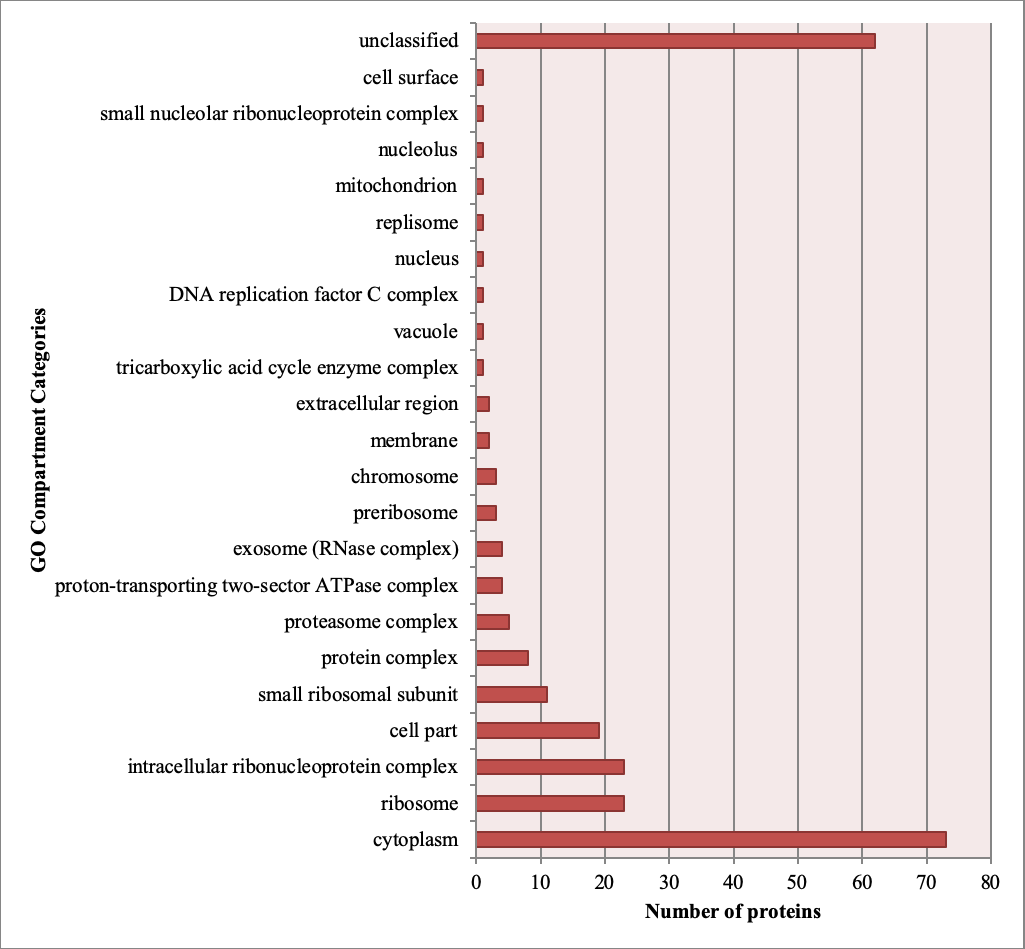VOLUME 12 (Supplement)

Philipp. Sci. Lett. 2019 12 (Supplement) 001-010
available online: July 17, 2019
*Corresponding author
Email Address: admontecillo@up.edu.ph
Date Received: February 15, 2019
Date Revised: June 19, 2019
Date Accepted: June 27, 2019
ARTICLE
Archaeal community profiling of a mixed culture from mud and water slurry from a solfataric mudspring as revealed by a community proteome approach
Ajay Kohli3, Nacita B. Lantican1, and
Asuncion K. Raymundo1
University of the Philippines, Los Baños, Laguna, Philippines
2Department of Environment Science and Analytical Chemistry,
Stockholm University, Stockholm, Sweden
2International Rice Research Institute, Los Baños, Laguna, Philippines
Analysis of microbial community composition is usually done by DNA-based approaches. Here we used a community proteome approach to study the Archaeal community in carboxy-methyl cellulose-enriched mud and water slurry from Mudspring, a solfataric spring of Mount Makiling in the Philippines. The peptides obtained from proteolytic digestion of total protein extracts were analyzed by using liquid chromatography-electrospray ionization coupled with tandem mass spectrometry (nanoLC-ESI-MS/MS). Majority of the proteins sampled and identified appear to be largely from Sulfolobus species, a number of which are known to be cellulase-producing that could be actively engaged in cellulose degradation in the setup. Furthermore, proteins with high similarity to those from Caldivirga maquilingensis, Metallosphaera sedula, Desulforococcus, Pyrococcus furiosus, and Pyrodictium occultum were identified. Many of these Archaea were not detected in earlier reports of Mudspring microbial community analysis. A feasibly exhaustive knowledge of the Mudspring microbial community using different approaches will foster an understanding of the microbial diversity in such ecological niches and may enable isolation of thermally stable proteins of commercial value in the future. Metaproteomic technique allows functional and taxonomic survey of community structure.
© 2025 SciEnggJ
Philippine-American Academy of Science and Engineering